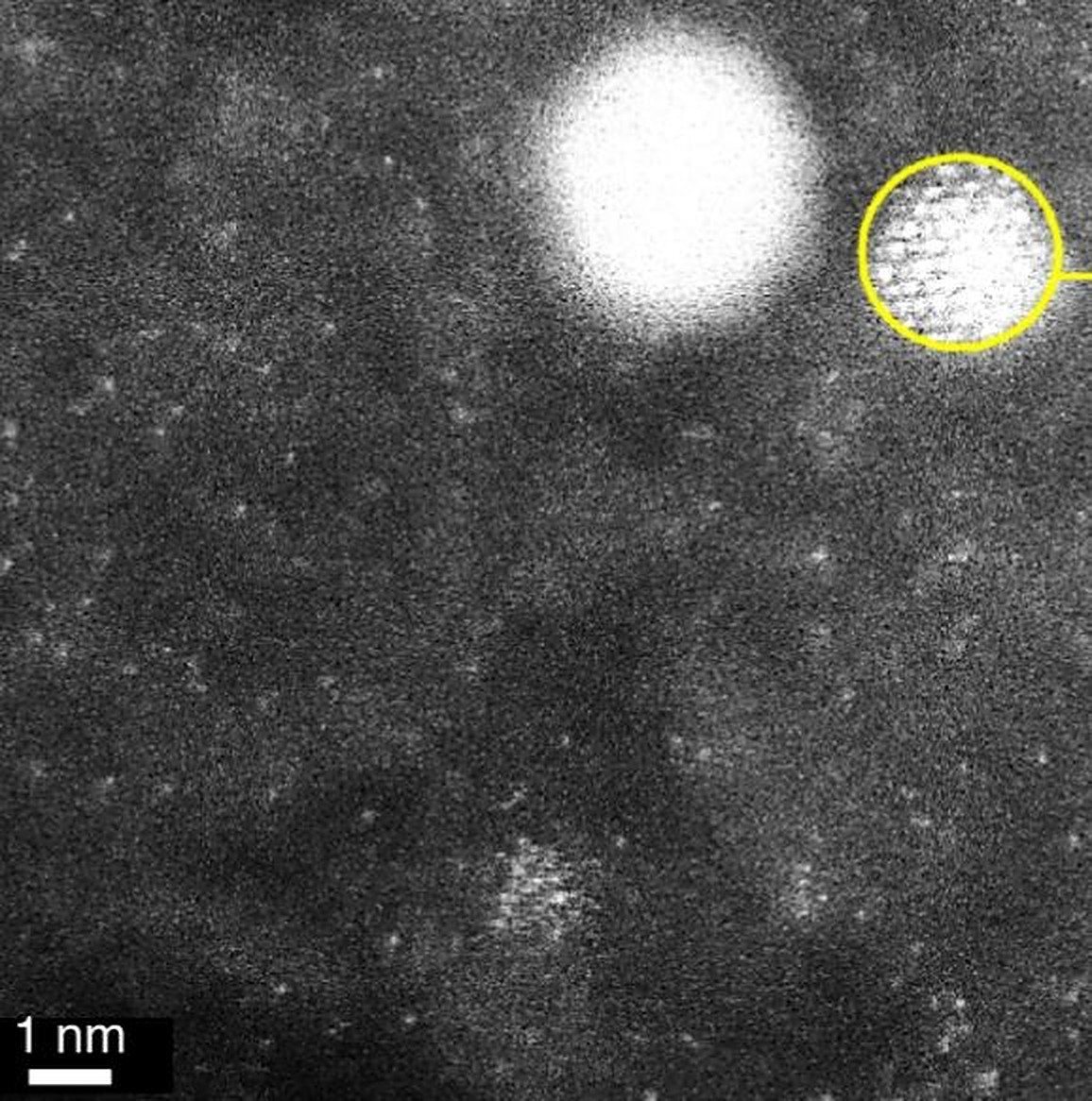An international research group has designed a proton exchange membrane (PEM) fuel cell based on a hybrid electrocatalyst with lower platinum content. They claim it has remarkable stability and lower performance losses than other types of hybrid electrocatalysts.
They fabricated the oxygen reduction reaction (ORR) catalyst with platinum and iron (Pt–Fe) alloy nanoparticles on highly dispersed Pt and Fe single atoms in nitrogen-doped carbon support. This resulted in an ultra-low Pt loading of around 1.7wt%.
“However, as the Pt loading decreases, the oxygen transfer resistance increases because of the limited accessible active sites, which results in a lower durability,” the scientists warned. “Thus, the ambition to develop low-Pt-loading cathodes poses great challenges in the areas of Pt utilization and the intrinsic durability of Pt-based electrocatalysts.”
By scanning transmission electron microscope (STEM) images, the researchers found that the small nanoparticles used have an ordered structure, which is shown by the characteristically alternating bright and dim lattice. They said it also indicates the high order degree of the nanoparticles themselves. In addition, they used electron energy loss spectroscopy (EELS), which demonstrated the co-existence of abundant Pt and Fe single atoms and Pt–Fe nanoparticles in the hybrid material.
The academics measured the performance of the fuel cell in a hydrogen peroxide (H2/O2) environment and it exhibited a power density of 1.08 W cm–2 at 2.0 A cm–2, which they said is just a bit lower than that of a reference fuel cell with higher Pt loading. They also tested the device via accelerated durability testing under repeated square-wave cycles and it was able to retain 97% of its activity after 100,000 cycles, with no noticeable current drop at 0.6 V for over 200 hours.
“The enhanced durability of the hybrid electrocatalyst may result from a reduced H2O2 formation and consequent alleviation of the membrane and ionomer degradation,” they said.
They described their findings in “Atomically dispersed Pt and Fe sites and Pt–Fe nanoparticles for durable proton exchange membrane fuel cells,” published in Nature Catalysis. The research group includes scientists from the US Department of Energy Argonne National Laboratory, the Hong Kong University of Science and Technology, and the Southern University of Science and Technology in China.
“Our results highlight the importance of the synergistic effects among different active sites in hybrid electrocatalysts and provide an alternative way to design more active and durable low-Pt-group metal electrocatalysts for fuel cells and other electrochemical devices,” they concluded.
This content is protected by copyright and may not be reused. If you want to cooperate with us and would like to reuse some of our content, please contact: editors@pv-magazine.com.




5 comments
By submitting this form you agree to pv magazine using your data for the purposes of publishing your comment.
Your personal data will only be disclosed or otherwise transmitted to third parties for the purposes of spam filtering or if this is necessary for technical maintenance of the website. Any other transfer to third parties will not take place unless this is justified on the basis of applicable data protection regulations or if pv magazine is legally obliged to do so.
You may revoke this consent at any time with effect for the future, in which case your personal data will be deleted immediately. Otherwise, your data will be deleted if pv magazine has processed your request or the purpose of data storage is fulfilled.
Further information on data privacy can be found in our Data Protection Policy.